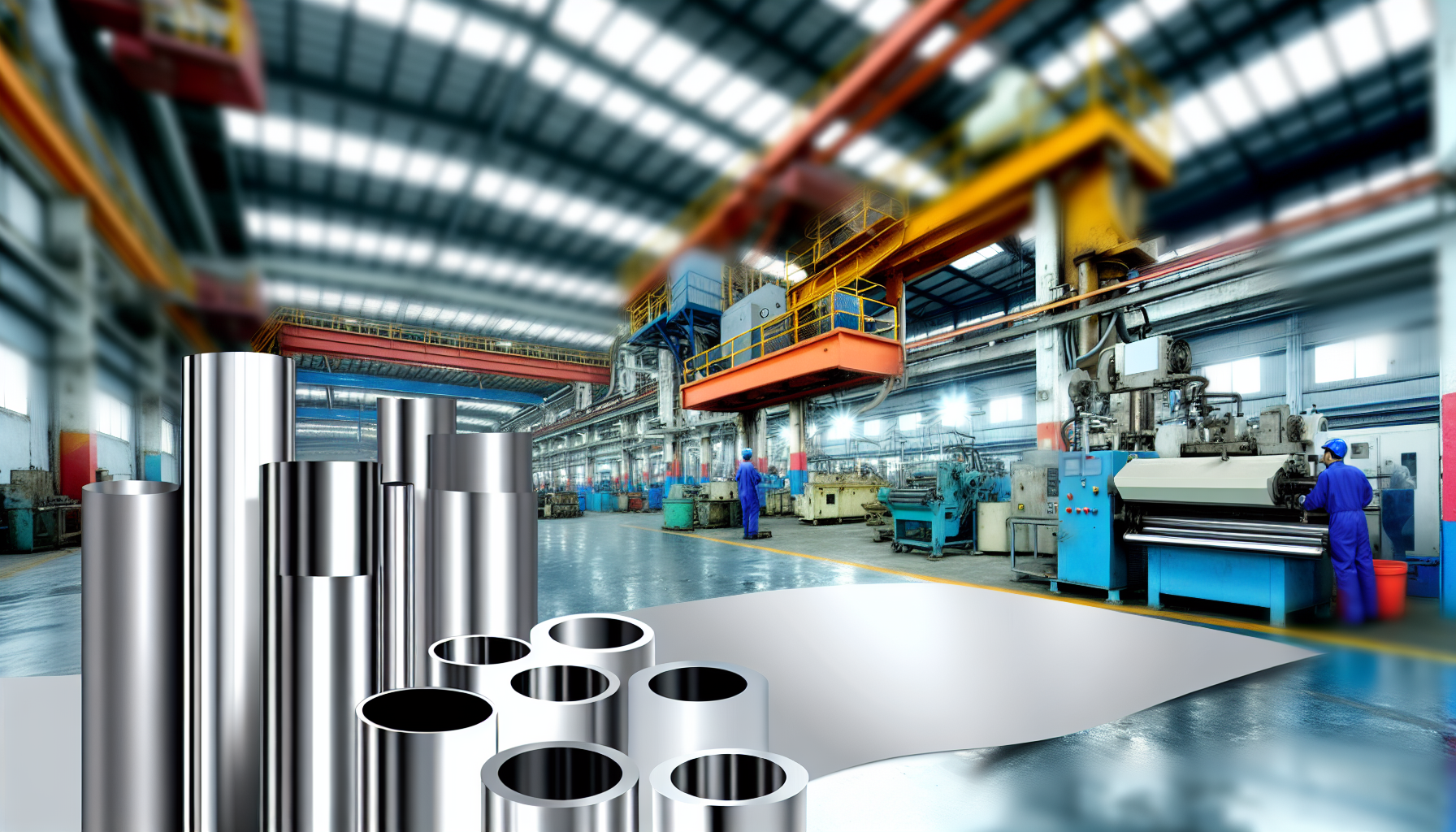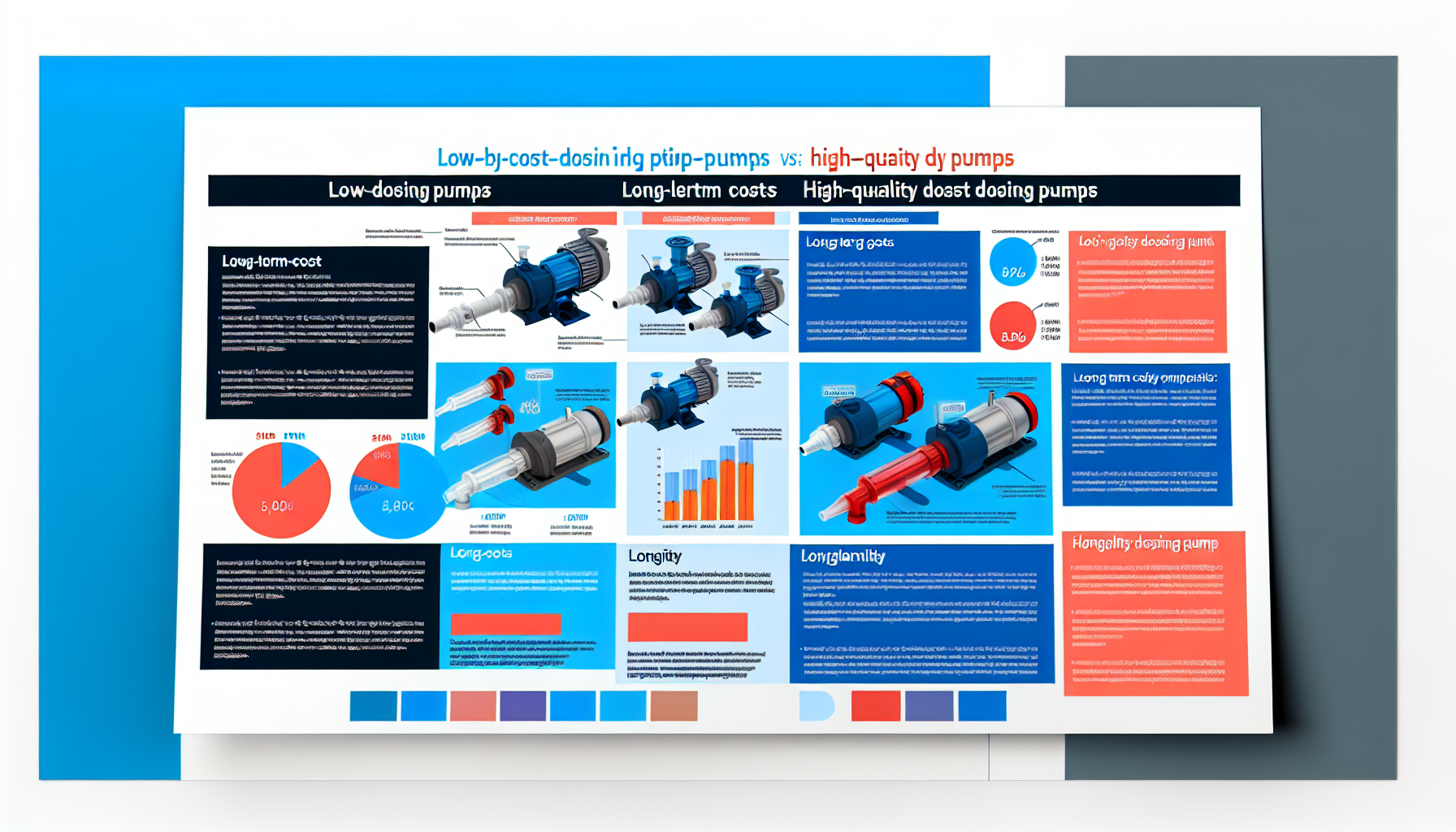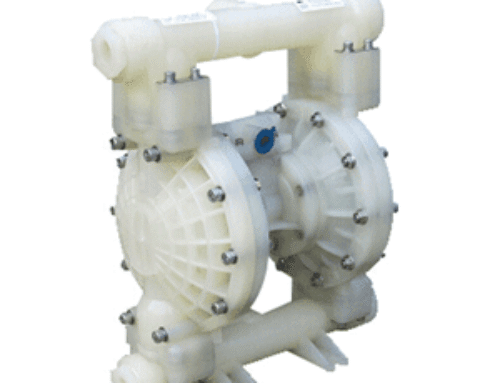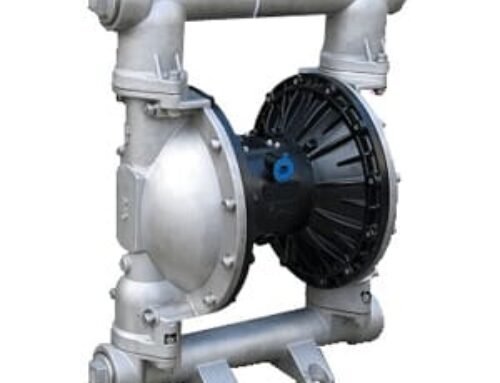Selecting the ideal dosing pump for your project might initially seem overwhelming, given the multitude of options available. However, by understanding the basics, considering key factors, and matching the pump type to your specific needs, you can make a well-informed decision. Let’s delve into everything you need to know in a simple and engaging way.
Understanding the Basics of Dosing Pumps
Before choosing the right dosing pump, it’s essential to understand what a dosing pump is and how it functions. A dosing pump, at its core, is a positive displacement pump designed to inject a precise amount of a chemical or other substance into a stream of water, gas, or steam. It’s like the special ingredient in a recipe, ensuring everything turns out just right.
Illustration showing a basic dosing pump injecting liquid into a water stream.
Dosing pumps play a critical role in various industries, from water treatment and food processing to agriculture and pharmaceuticals. These pumps usually operate with electric motors or air actuators, and they can include sophisticated control systems for precise operation. By grasping these fundamentals, you establish the groundwork for selecting the perfect pump for your needs.
Key Factors to Consider Before Choosing a Dosing Pump
Now that you know what a dosing pump is, it’s time to examine the factors that will influence your choice. Here are some key points to consider:
- Application Needs: Determine the purpose of your dosing pump. Different projects will have varying requirements, such as pH control, disinfection, or specific chemical dosing. Understanding your application’s specific needs allows you to choose a pump that perfectly aligns with your objectives. Applications of dosing pumps include wastewater treatment, food processing, agriculture, and medical laboratories.
- Pressure and Temperature: Consider the working conditions. Some pumps handle high pressures and temperatures better than others, making them suitable for more demanding environments. Analyze the environmental conditions where your pump will operate to ensure it can withstand the pressure and temperature. According to Pure Aqua, chemical dosing pumps handle extreme conditions.
- Flow Rate: Select a pump that offers the right flow rate for your application. Whether you’re dealing with large or small volumes, finding a pump that meets your flow requirements is crucial to achieving efficient dosing. Dosing pumps are typically measured by their ability to pump gallons per minute, rather than gallons per hour.
- Chemical Compatibility: Ensure that the pump materials are compatible with the chemicals you’re planning to use. Incompatible materials can lead to rapid deterioration of the pump components, resulting in frequent maintenance and repairs.
- Control Precision: Consider the level of control you need over the dosing process. Different systems offer varying degrees of control, from manual adjustments to fully automated setups.
Different Types of Dosing Pumps and Their Applications
Understanding the different types of dosing pumps available will significantly help narrow down your choices. Let’s explore the common types and their applications:
- Diaphragm Pumps: Known for their reliability and ability to handle high-pressure and corrosive environments, diaphragm pumps are ideal for water treatment facilities where precise dosing of chemicals is required.
- Peristaltic Pumps: Known for their simple design and high precision, peristaltic pumps are perfect for clean environments and can handle viscous fluids. They’re widely used in food and beverage industries due to their contamination-free operation.
- Lobe Pumps: Suited for high-viscosity fluids, lobe pumps allow a certain volume of fluid to pass through meshed gear impellers, making them ideal for applications requiring self-lubrication.
- Solenoid Pumps: Simple, cost-effective, and great for low-flow applications, solenoid pumps are perfect when budgetary constraints are substantial, without sacrificing efficiency.
Materials and Durability: What to Look for in a Dosing Pump
Choosing the right materials for your dosing pump is essential for durability and functionality. Pumps made from stainless steel, nickel alloys, or specific plastics offer excellent resistance against chemical attacks, high temperatures, and pressures.
Visualization showing different materials like stainless steel and plastic against a backdrop of a busy industrial plant.
Durable materials ensure a longer lifespan, reducing maintenance needs and potential downtime, which ultimately results in cost savings over time. When handling hazardous or corrosive materials, the right material choice is pivotal in protecting both the pump and the surrounding environment.
Budget Considerations: Balancing Cost and Quality in Dosing Pumps
While everyone loves a good bargain, it’s essential to balance cost and quality when selecting a dosing pump. Lower-priced pumps may appear appealing initially but could result in higher maintenance costs and potential failures over time.
Infographic comparing long-term costs and reliability of cheap vs. high-quality dosing pumps.
View your pump purchase as a long-term investment in your project’s success by opting for quality pumps that align with your budget, ensuring reliability and effectiveness without burdensome costs.
Choosing the right dosing pump doesn’t have to be daunting. By understanding your project needs, considering essential features such as materials, flow rate, pressure, and control systems, and balancing cost with quality, you can confidently select a pump that ensures your project’s success. Happy dosing!









Leave A Comment